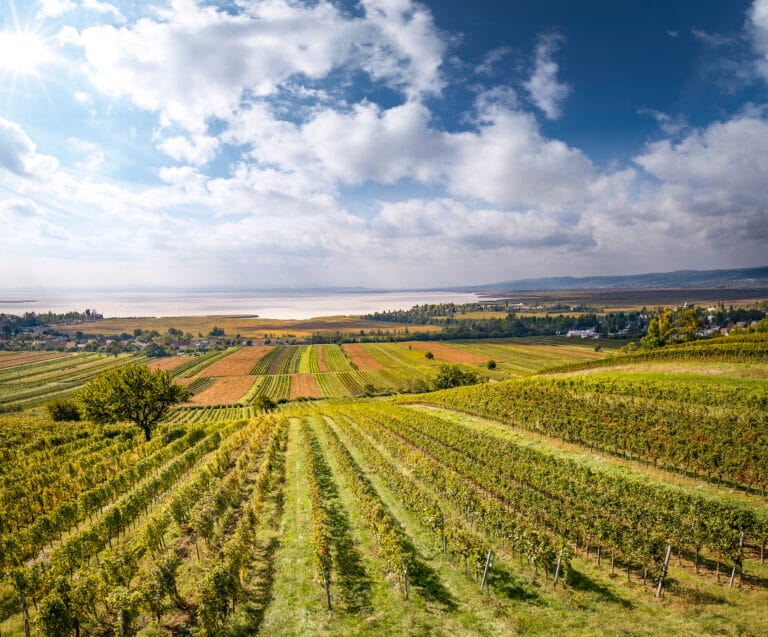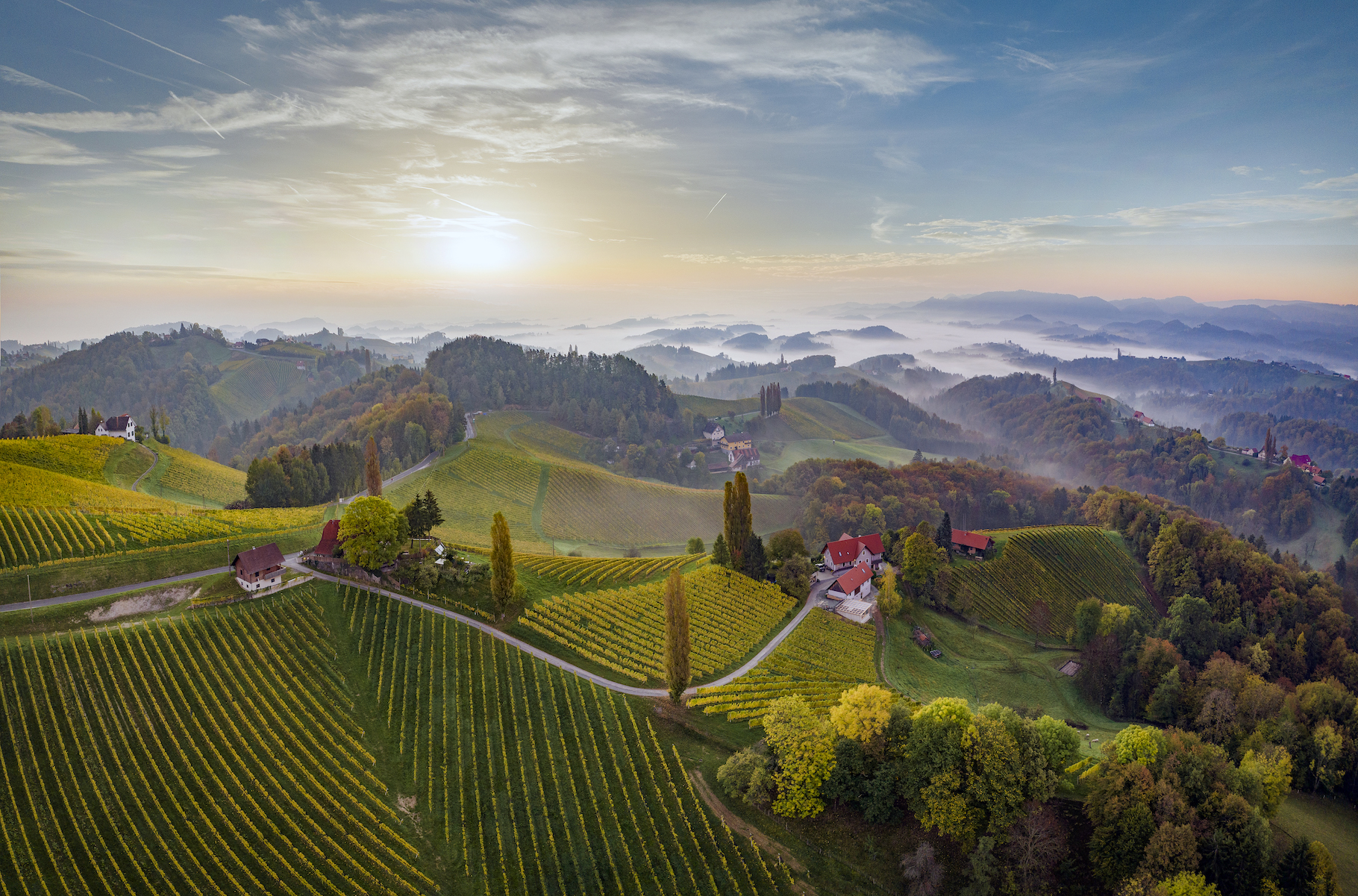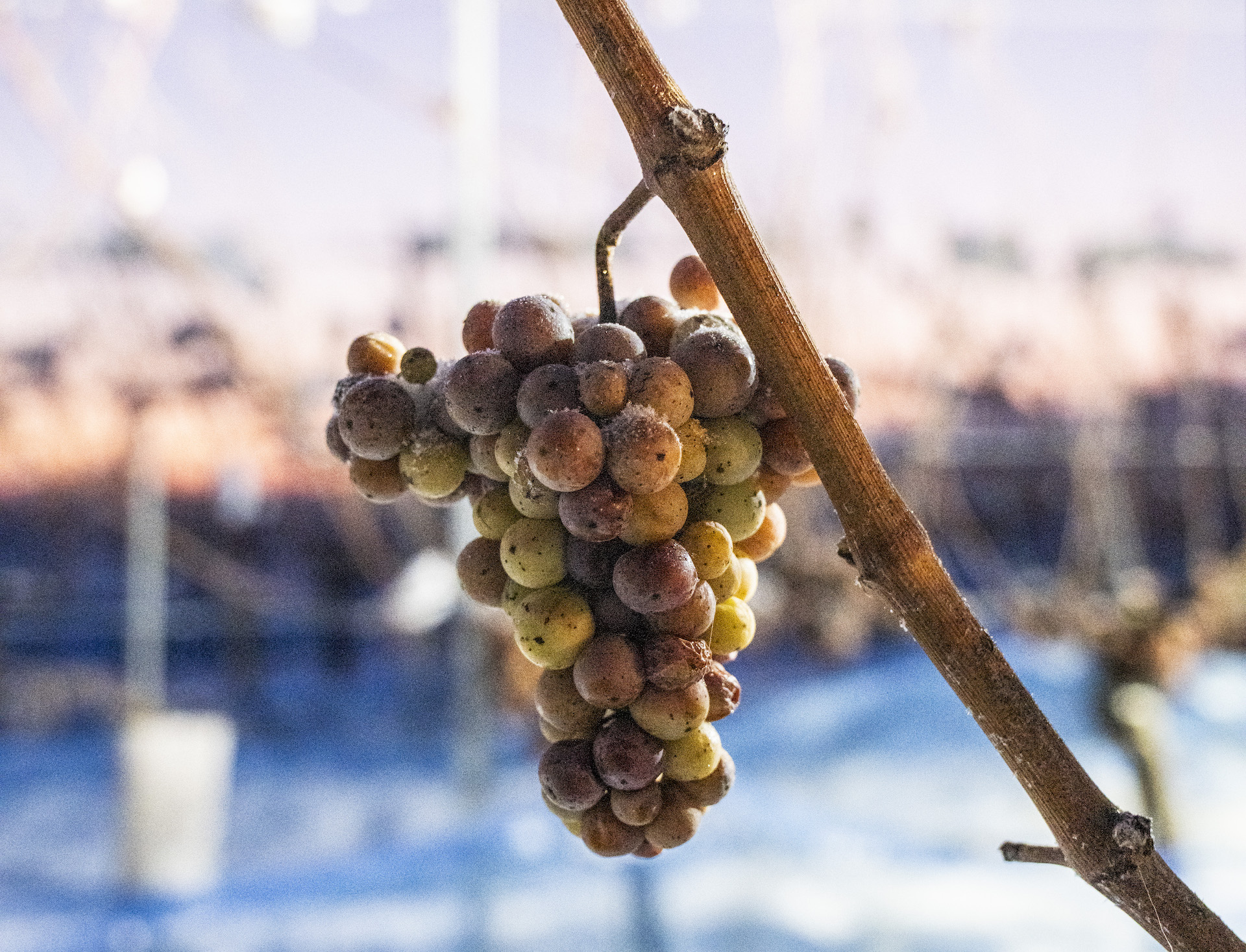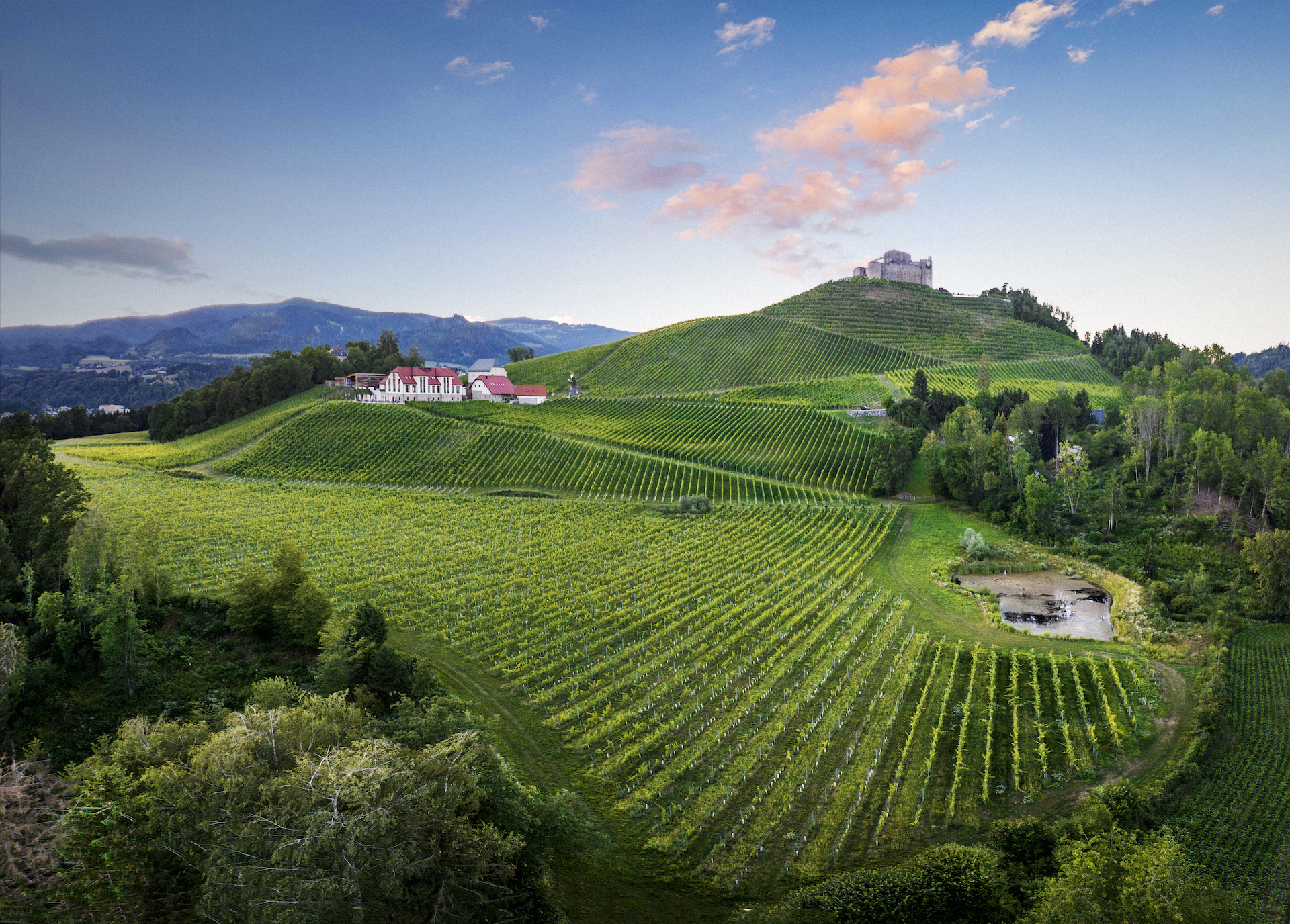
Austrian wines present the 2023 vintage
Good wines nothwithstanding the turbulent weather
Following an extremely dry winter, the much-needed precipitation arrived in April and May. Late budding was generally viewed positively as it avoided damage from the dreaded late frosts. However, frequent coulure caused yield losses, while the early outbreak of Peronospora required careful and diligent plant protection measures. The summer was influenced by hot spells. Eventually, harvest started early and progressed rapidly.

Wheater conditions
Following an extremely dry winter, the much-needed precipitation arrived in April and May. Late budding was generally viewed positively as it avoided damage from the dr
eaded late frosts. However, frequent coulure caused yield losses, while the early outbreak of Peronospora required careful and diligent plant protection measures. The summer was influenced by hot spells. Eventually, harvest started early and progressed rapidly.
The wines expected: power, fruit and harmony
In Niederösterreich (Lower Austria), Wien (Vienna) and Burgenland areas, wineries gather a very ripe fruits, healthy berries, yielding powerful showing a good varietal typicity. We should expect juicy wines with remarkable density and early harmony. This vintage will probably see Grüner Veltliner displaying stronger grapy aromas and notes of pome fruit, rather than a peppery, tobacco spiciness. Rieslings and Pinot varieties can be expected to produce well- balanced and fruit-led wines, while this vintage will give the aromatic varieties and Austria’s native grapes yet another opportunit
y to show their unique varietal characteristics.
Steiermark (Styria) will be distinctive, harmonious wines with moderate alcohol because of different conditions with a shortage of rain. Sauvignon Blanc and Gelber Muskateller display a distinct piquancy and intense fruit aromas. Beside them, Pinots are delicate, crisp Schilchers (wine rosé made from the indigenous Blauer Wildbacher grape). In Burgenland’s red-wine-producing areas, as well as in Niederösterreich’s main red-wine growing regions, Carnuntum and the Thermogradient. Here we found fully ripe, perfectly healthy grapes with a high sugar content and mature tannins. This applies equally to all varieties. We can therefore expect concentrated yet harmonious, well-structured wines with strong tension, which will clearly hold their own against the outstanding 2019 and 2021 vintages.
Eiswein harvested again at last ; the frosts in early December in Niederösterreich and Burgenland enabled a significant volume of high-quality Eiswein to be harvested. Due to the particularly early harvest of this specialty, the wines should be characterized by clear fruit aromas and strong vibrancy. In addition, a very clean Botrytis infection around Lake Neusiedl provided for high-quality sweet wines with great promise.
Finally, in Bergland the wineries register the best vintage ever: in Oberösterreich (Upper Austria) as well Kärnten (Carinthia). The young wine-growing areas of Oberösterreich report their best vintage to date with exceptionally ripe, aromatic and round wines. In Kärnten, conditions were somewhat more difficult. Here, lighter, robust wines displaying good varietal typicity are expected. Tirol (Tyrol) and Vorarlberg have both produced ripe, rich wines, albeit in smaller volumes.


